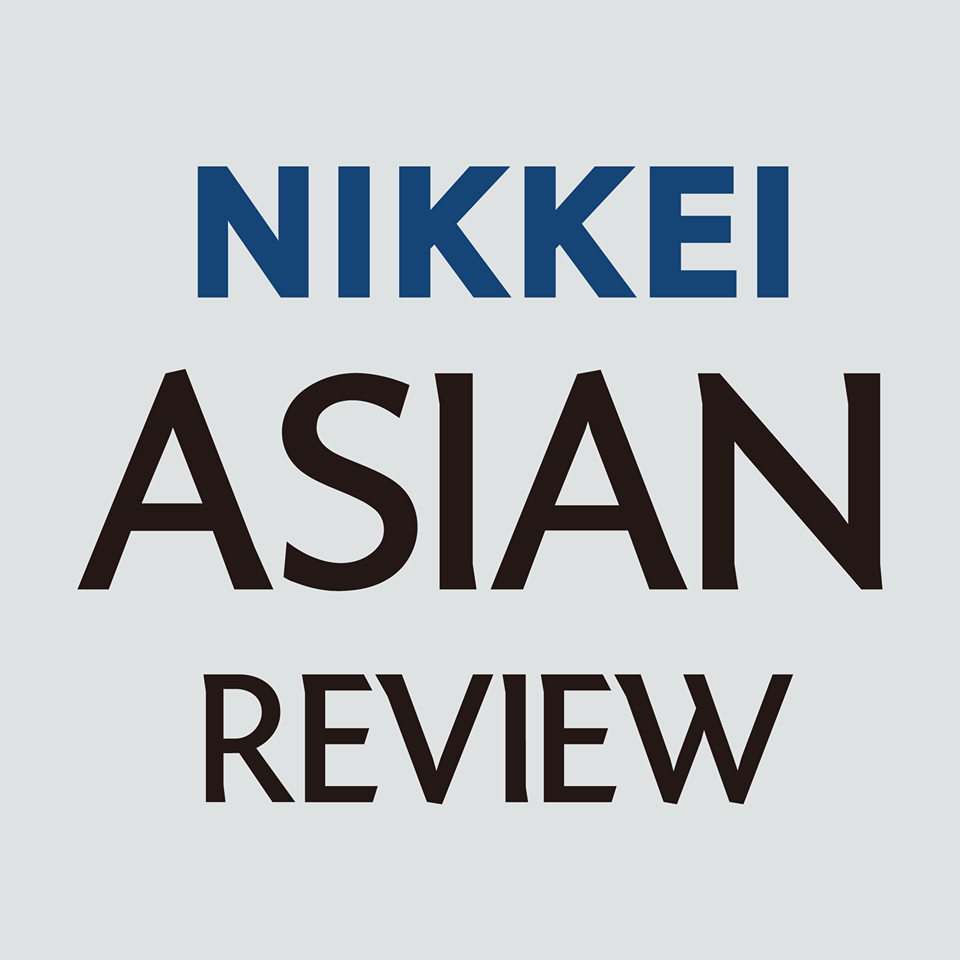U.S. President Barack Obama today begins a six-day trip to Asia that will include stops in China, Myanmar, and Australia. Obama’s visit to the region will take him to a series of key multilateral and bilateral summits: first to Beijing, for the Asia-Pacific Economic Cooperation (APEC) Leaders’ Meeting and APEC CEO summit followed by an official state visit to China; then to Myanmar, for the East Asia Summit and U.S.-Association of Southeast Asian Nations (ASEAN) Summit and a bilateral meeting with President Thein Sein; and finally to Australia for the G-20 summit.
This trip will offer Obama the opportunity to drive home his “pivot to Asia” policy, which was initiated by his administration in 2011. One of the administration’s central foreign policy objectives, the pivot is intended to be a rebalancing of U.S. interests from Europe and the Middle East towards East Asia. Former Secretary of State Hillary Clinton provided the original description of the pivot. In a Foreign Policy article, Clinton listed six key elements of the strategy: “strengthening bilateral security alliances; deepening our working relationships with emerging powers, including with China; engaging with multilateral institutions; expanding trade and investment; forging a broad-based military presence; and advancing democracy and human rights.” Accordingly, since the policy’s implementation, the U.S. has begun to seek closer ties – economically, militarily, and diplomatically – with the Pacific Rim countries.
In reality, Obama’s Asia pivot has leaned heavily on military cooperation. His administration has focused on bolstering defense ties with countries throughout the region and expanding the U.S. naval presence there. As a result, the achievements of the pivot thus far have been primarily military in nature. Notably, under the banner of the pivot, the Obama administration struck a 25-year long deal for U.S. Marines to rotate through Australia, as well as an agreement that the Philippines will provide the U.S. military with increased access to some of its bases. Currently, more than 250,000 U.S. troops and 200 ships are based in the Pacific and five of the United States’ seven treaty alliances are in the region. The Pentagon plans to shift around 60 percent of all Navy warships to the region by 2020.
Read Full Article HERE

